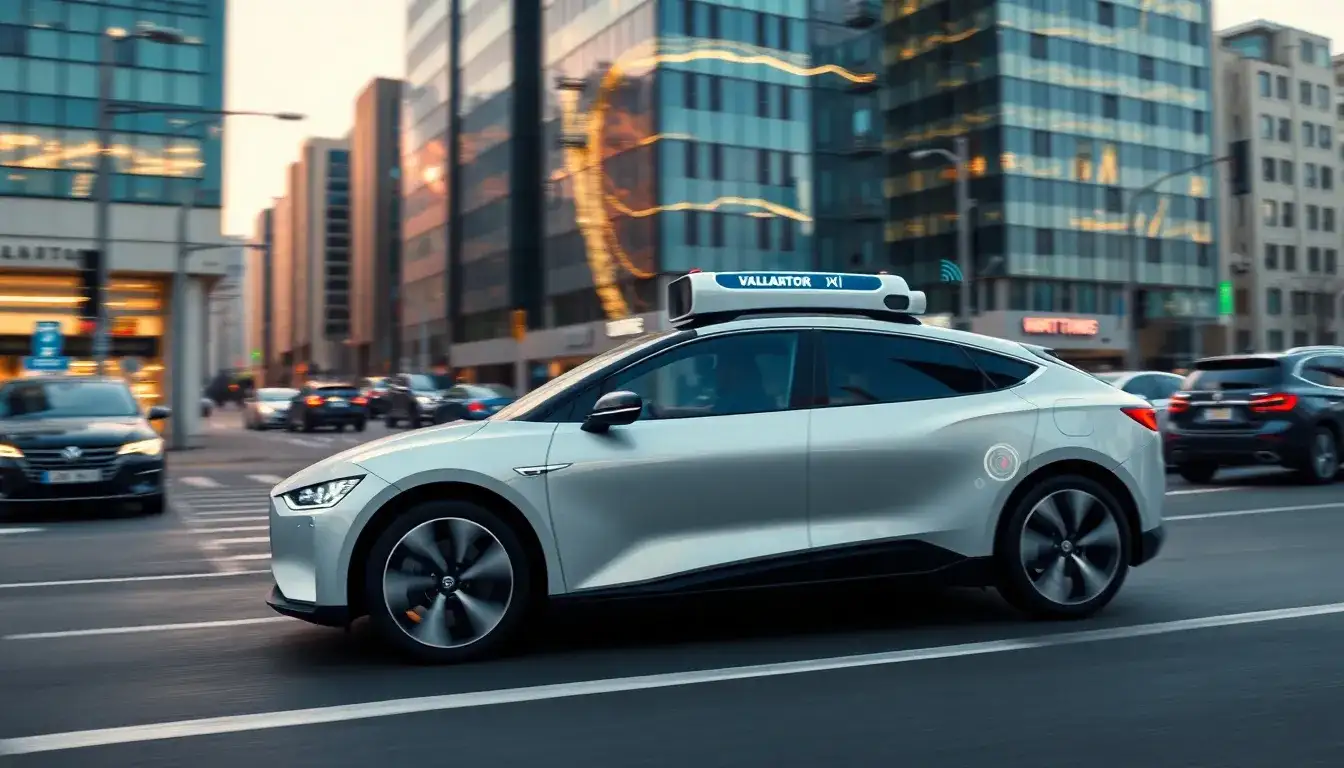
As technology continues to empower the automotive industry, intelligent driving technology is gradually becoming a part of everyday life. Recently, several car manufacturers have announced their progress in developing intelligent driving technologies and their visions for future scenarios.
Many industry experts consider 2025 to be a pivotal year for the leap from level 1 to level 10 in intelligent driving. Early pioneers such as Tesla, Huawei, Xpeng, and others have already paved the way for advanced intelligent driving technologies. With increasing penetration rates, major companies like BYD have officially entered the realm of intelligent driving, leading to observable economies of scale.
This wave of advancement is driven by a combination of strategic initiatives from car manufacturers and favorable policies that are continually being introduced, both of which are accelerating the widespread adoption of intelligent driving technologies.
Increased Competition in Intelligent Driving
Since 2025, the progress of intelligent driving in automobiles has noticeably accelerated, with companies such as Changan, BYD, Geely, and GAC successively releasing their intelligent driving strategies. Specifically, Changan’s “Beidou Tianshu 2.0” plan aims to launch 35 new smart vehicles over the next three years, achieving full-scene L3 autonomous driving by 2026 and L4 capabilities by 2028. Meanwhile, Geely has introduced its “Qianli Haohan” intelligent driving system based on AI “world models,” which will be equipped in future products from the Geely Galaxy and Geely China Star series.
BYD has announced that all its models will feature the “Tianshen Zhi Yan” advanced intelligent driving system, with the BYD Seagull starting at just 69,800 yuan. Wang Chuanfu, BYD’s founder, has stated that in the next two to three years, advanced intelligent driving will become as essential as seat belts and airbags.
Chery Group has also held a press conference to showcase its latest core technologies, including the Falcon intelligent driving system, humanoid robots, and smart cockpit models. Chery plans to implement its “Falcon Intelligent Driving” solution across all brands and models by 2025.
GAC Group has announced plans to produce and sell China’s first L3-level autonomous passenger vehicle in the fourth quarter of this year, with its Haobo brand offering high-level intelligent driving as standard across all products. Additionally, GAC intends to accelerate the production of more L3 autonomous products by 2026 and is collaborating with Didi on its first L4-level autonomous vehicle, which is expected to be delivered this year.
Other companies, including Huawei, Xpeng, NIO, Li Auto, and Lantu, have also announced plans to introduce L3-capable models within the year. Lantu’s CEO, Lu Fang, has declared that the company will go “All in” on intelligent driving, partnering with Huawei to equip all models with Huawei’s advanced driving solutions.
He Xiaopeng anticipates that by 2025, the penetration rate of advanced intelligent driving users in China will exceed 10% for the first time, indicating that the demand for intelligent driving is reaching a turning point. Xpeng plans to achieve L3 driving capabilities in the second half of 2025, with plans to mass-produce models supporting L4-level low-speed autonomous driving by 2026.
Meanwhile, Tesla’s Full Self-Driving (FSD) functionality has made significant strides, garnering attention. Zhang Ning, Vice President of Pony.ai and head of their Robotaxi business, noted that Tesla’s introduction of FSD at this time may be a strategy to prepare for intense competition in the intelligent driving sector.
Favorable Policies Accelerating Industry Development
According to CNR, the 2025 government work report highlighted the keyword “Artificial Intelligence +”. It emphasized the need to stimulate innovation in the digital economy and continue promoting the “Artificial Intelligence +” initiative to better integrate digital technology with manufacturing and market advantages, supporting the widespread application of large models and vigorously developing intelligent connected new energy vehicles.
Industry experts believe that with national support and endorsement, “Artificial Intelligence +” will become a significant strategic opportunity for China’s automotive industry, further driving a new wave of development in large models, intelligent connected new energy vehicles, and intelligent robotics.
During the 2025 National Two Sessions, intelligent connected vehicles became a focal point of discussion among automotive industry representatives. They proposed several recommendations on key issues such as improving automated driving legislation, managing automotive data, and constructing an industry ecosystem. Many industry insiders predict that 2025 could be a landmark year for the transition from quantity to quality in intelligent driving.
In the short to medium term, the industry anticipates that high-level driving functions such as urban NOA will lead to the emergence of “blockbuster” intelligent driving models, further promoting the adoption of intelligent driving technology. Coupled with the commercialization of L4-level Robotaxi operations and the construction of integrated vehicle-road-cloud infrastructure, 2025 is expected to mark a crucial turning point for intelligent driving in China.
China implemented the “Automotive Driving Automation Classification” standard as early as early 2022, categorizing driving automation into six levels. Levels L0 to L2 represent driving assistance, where the driver must monitor the driving process continuously. Level L3 is conditional automation, where the driver must take control in emergencies. Level L4 indicates high automation, while Level L5 denotes full automation. Reportedly, the highest level of vehicles currently on the market features L2-level combined driving assistance systems. Drivers must remain attentive while the assistance function is active, keeping their hands on the steering wheel. The L3 conditional automation level represents a significant “watershed,” indicating a shift in responsibility for detecting and responding to objectives and events from humans to the system.
According to China International Capital Corporation, as L2+ intelligent driving functions become more developed, car manufacturers are beginning to open a new chapter in L3 intelligent driving competition. The introduction of Tesla’s FSD and the development of Robotaxi are positively catalyzing intelligent driving technology, allowing manufacturers to outline a path toward Robotaxi evolution and further enhance their value.
Therefore, it is evident that in the context of a consensus on electrification in the first half and intelligentization in the second half of the automotive industry, competition in the realm of “intelligent driving” is becoming increasingly intense.







